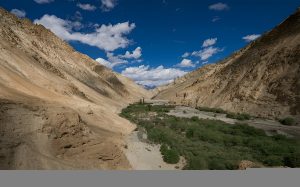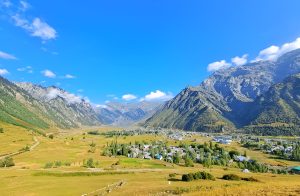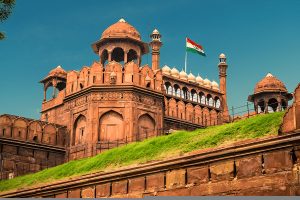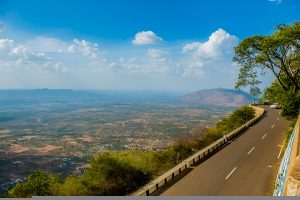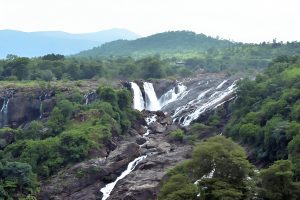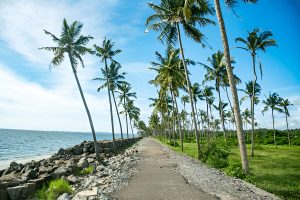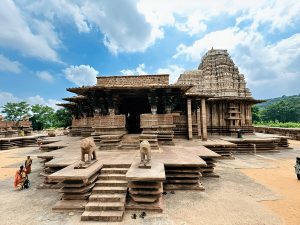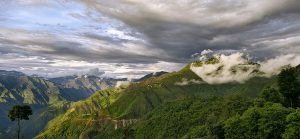Situated in the breathtaking landscapes of Ladakh, Gonbon Rangjon is a hidden gem that remains untouched by mainstream tourism. This sacred mountain, often referred to as the “Living God,” holds great spiritual and cultural significance for the locals. Our journey to this mystical site in November was nothing short of extraordinary, offering a blend of adventure, serenity, and splendid beauty.
The Journey to Gonbon Rangjon
Starting from Manali, our journey involved a mix of road travel and trekking. Fom Manali this place is at a distance of 80kms. The trip cost approximately INR 15,000 per person, including transportation, permits, food, and camping gear. We journeyed through the challenging roads of Lahaul and Zanskar Valley, passing through Kargil before reaching the remote village of Shade, the last human settlement before our trek to Gonbon Rangjon.
What Is Gonbon Rangjon?

Gonbon Rangjon ia a stand-alone lofty rocky precipice. It is situated south of Kargyak Village in the Lungnak Valley, Zanskar, in the Union Territory of Ladakh in India. The name “Gonbo Rangjon” translates to “Gonbo’s Throne”. Locals believe that the mountain is the abode of Gonbo, a revered Buddhist deity. Many pilgrims come to seek blessings and meditate there.
Climate In November
The climate in November was harsh, with daytime temperatures hovering around -5°C and nighttime dropping as low as -15°C. The freezing winds added to the challenge, requiring us to wear multiple thermal layers and high-altitude gear to stay warm.
Food and Survival
Since there are no shops or restaurants near Gonbon Rangjon, we had to carry our own food supplies. Instant noodles, dry fruits, energy bars, and dehydrated meals were our main sustenance. We also relied on boiling snow for drinking water, ensuring we stayed hydrated despite the cold.
The Sacred Buddha-Shaped Mountain
One of the most striking features of Gonbon Rangjon is its resemblance to a meditating Buddha. This natural rock formation has been a site of deep reverence for Buddhist monks and locals, who believe it emanates divine energy. Circumambulating the mountain is a spiritual ritual many pilgrims undertake in silent meditation.
Star Gazing in the Wilderness

One of the most magical moments of our trip was the clear night sky. With zero light pollution, the Milky Way was vividly visible, stretching across the sky in breathtaking clarity. We spent hours stargazing, identifying constellations, and capturing long-exposure photographs of the celestial wonders.
Challenges and Animal Dangers
The journey was not without challenges. The high altitude posed a risk of Acute Mountain Sickness (AMS), which required us to ascend slowly and stay hydrated. The terrain was treacherous, with icy patches making the trek more difficult.
Wildlife encounters were another concern. We spotted blue sheep and Himalayan marmots, but the presence of snow leopards in the area kept us cautious. Our guide advised us to stay in groups and avoid trekking alone after sunset to minimize the risk of wildlife encounters.
Final Thoughts

Gonbon Rangjon is not just a trek but a profound experience of nature, spirituality, and adventure. The journey tested our endurance but rewarded us with unparalleled beauty and inner peace. Whether you are an explorer, a trekker, or a spiritual seeker, this sacred mountain in Ladakh is a must-visit destination that will leave a lasting impact on your soul.




